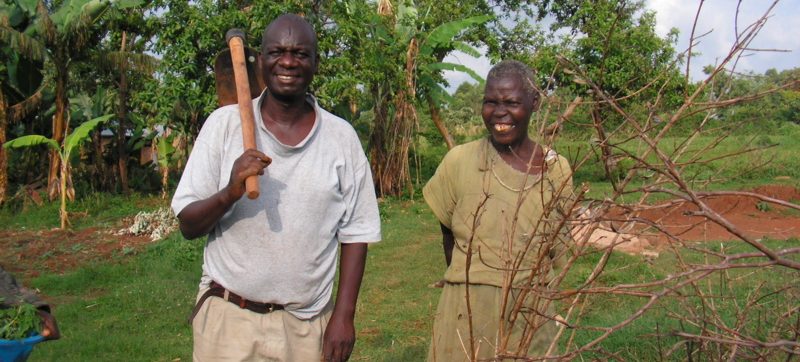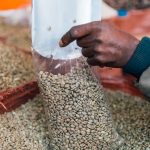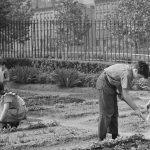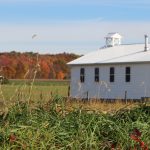Caleb Omolo, a Kenyan farmer, has demonstrated how to generate income and grow more than enough food for his family on just one acre of land. His innovative approach to farming, while rooted in the specific context of Kenya, holds valuable lessons for other countries such as India, Pakistan, Bangladesh, and more. He shares his experience and insights on how others can replicate his success by starting food forests on their land.
Transforming Land into a Food Forest
Eight years ago, Caleb transformed a one-acre plot at the foothills of the Kisi mountains in Kenya into a food forest teeming with productive trees and plants. He emphasizes the importance of diversification rather than monoculture. His land is a testament to this principle, with a variety of crops that work together in a forest-like system rather than competing with each other.
Diversification and Sustainability
Caleb’s food forest includes 350 coffee trees, 50 avocado trees, 10 mango trees, 20 banana trees, and a variety of cover crops and supportive crops like desmodium. His land also boasts a guava tree that alone generates about 2000 Kenyan shillings. He encourages others with one acre or less of land to follow his example, asserting that it’s possible to earn a good living without harming the environment.
Designing with Nature
The design of Caleb’s food forest follows the way of nature, fostering strong connections between plants, soil, insects, and wild animals. Plant communities form the heart of the design. Every plant in his food forest serves multiple functions. For instance, vertiver grass controls soil erosion and acts as a second line of defense if a swale overflows due to heavy rain. Malabar spinach, another plant in his food forest, also helps control soil erosion and is a nutritious vegetable.
Earthworks and Water Management
Earthworks, such as swales, are vital components of the food forest. In a region where torrential rains often wash away topsoil, the swale system captures and spreads water more slowly across the land. Caleb has designed a J-tan to slow down the water, and a swale that spreads the water, allowing it to sink into the soil and nourish the food forest. This system effectively prevents massive soil erosion.
Beekeeping and Honey Production
Caleb’s food forest also houses bee hives, which not only produce honey but also aid in pollination. He manages to harvest almost 50 liters of honey from the food forest.
Conclusion
One of the most remarkable aspects of Caleb’s food forest is the emergence of a spring, thanks to the water that has been captured and stored in the landscape. This spring has been transformed into productive fishponds, which are situated at the very bottom of the property.
Caleb’s land is a powerful demonstration of the transformative potential of honoring and replicating nature’s ways. It stands as a testament to the possibilities of sustainable farming and the profound impact it can have on the environment and the livelihood of farmers.
In conclusion, Caleb Omolo’s revolutionary approach to farming challenges conventional agricultural practices. By transforming a barren field into a lush food forest, he has not only created a sustainable source of income for his family but also contributed to the preservation of the environment. His story serves as an inspiration for farmers around the world, proving that even a small parcel of land, when managed with respect for nature’s ways, can yield abundant returns.












